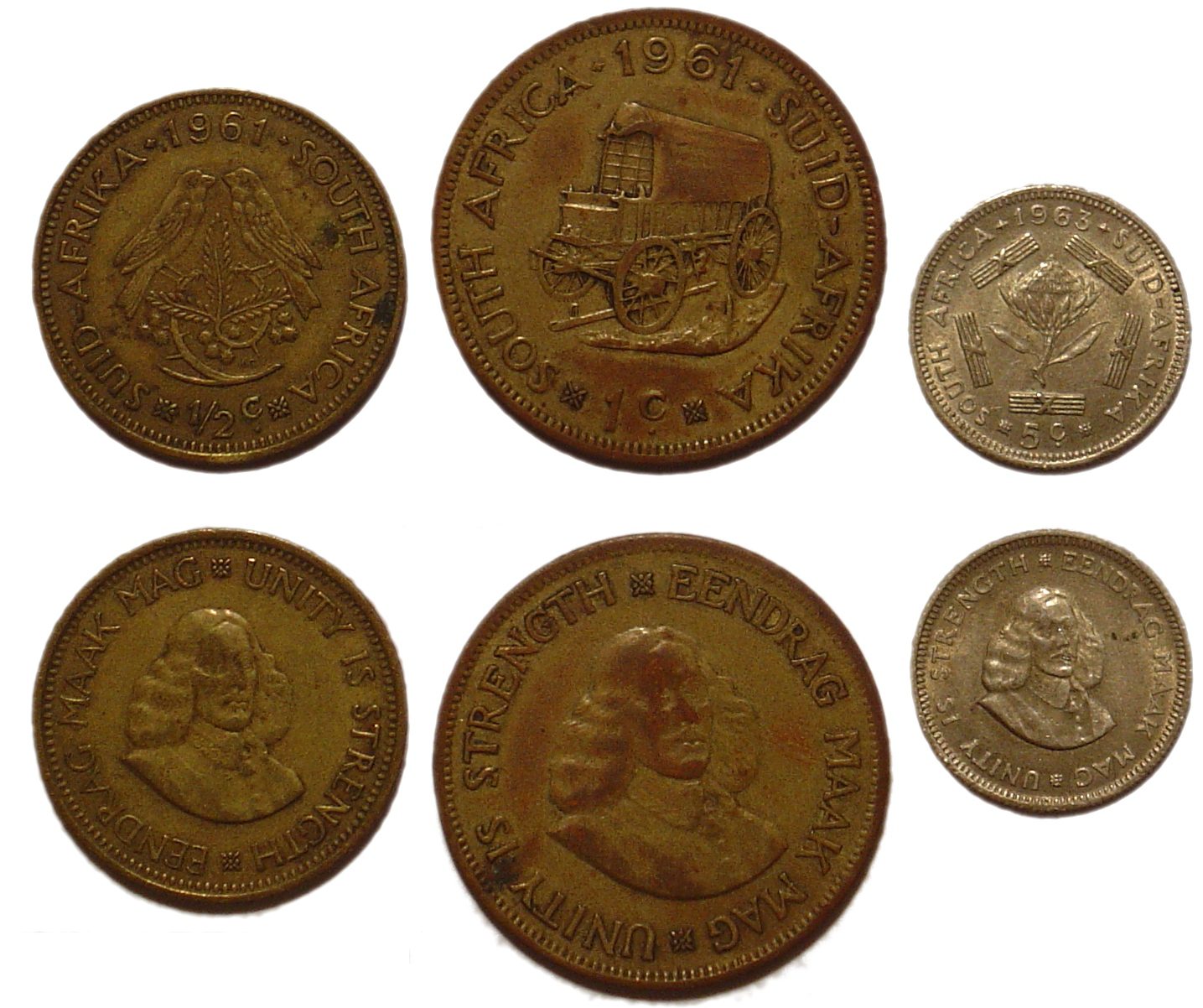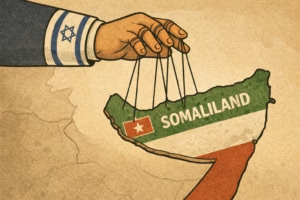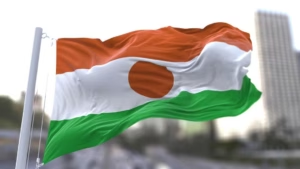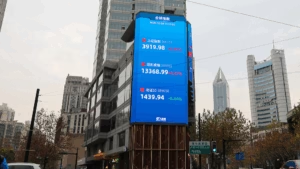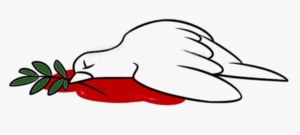Are you curious to know if there’s hidden treasure in your coin collection? Look no further than the enchanting world of South African coins. With a rich history and a growing market value, certain old South African coins have become highly sought-after by collectors and investors alike. In this article, we will delve into the most wanted South African coins that can fetch you instant cash.
From the iconic Krugerrand to the elusive Burgerspond, these coins hold not only monetary value but also historical significance. Learn about the fascinating stories behind these coins and discover why they are in such high demand. Whether you inherited a coin collection or stumbled upon a rare find, understanding the worth of your coins can be rewarding. We will provide insights on how to identify valuable South African coins and where to sell them for the best price.
Don’t let your old coins gather dust in a forgotten corner. Uncover the hidden treasures within and turn them into instant cash. Join us as we explore the world of South African coins, where history meets financial opportunity. Get ready to embark on a rewarding journey of numismatic discovery.
The History of South African coins
South Africa’s rich numismatic history dates back to the 17th century when the first coins were minted under the Dutch East India Company’s rule. These early coins, known as the Cape Pence and Cape Shilling, featured the VOC (Vereenigde Oost-Indische Compagnie) insignia and were used for trade and commerce within the Cape Colony.
As South Africa’s political landscape evolved, so did its coinage. In 1795, the British took control of the Cape Colony, and the British Pound became the official currency. Over the next century, various coin designs and denominations were introduced, reflecting the country’s transition from a colony to a self-governing dominion and, eventually, an independent republic.
The most iconic South African coin, the Krugerrand, was first minted in 1967 as a means of promoting the country’s gold reserves. This gold bullion coin quickly gained popularity among investors and collectors worldwide, becoming a symbol of South African pride and economic strength. The Krugerrand’s success paved the way for the introduction of other South African commemorative and bullion coins, each with its own unique history and appeal.
Factors that determine the value of old coins
The value of old South African coins is determined by a variety of factors, including rarity, condition, and historical significance. Rarity is one of the most crucial elements, as coins with lower mintage numbers or those that were produced for a limited time are generally more valuable than their more common counterparts.
The condition of a coin is also a significant factor in determining its worth. Coins in pristine, uncirculated condition are typically worth more than those that have been heavily circulated or show signs of wear and tear. Collectors and investors often seek out coins with high grades, as determined by professional grading services, as these are more likely to retain their value over time.
Historical significance also plays a role in the value of old South African coins. Coins that were minted during important events, such as the Anglo-Boer War or the transition to a new political regime, may be more sought-after by collectors due to their cultural and historical significance. Additionally, coins featuring the portraits of influential figures, such as President Paul Kruger, can also command higher prices in the numismatic market.
Most valuable South African coins
The Krugerrand is undoubtedly the most well-known and valuable South African coin. Introduced in 1967, the Krugerrand was the first modern gold bullion coin and has since become a global standard for gold investment. Krugerrands are available in various sizes, with the 1-ounce version being the most popular. Depending on the year of mintage and the coin’s condition, a single 1-ounce Krugerrand can fetch anywhere from $1,800 to $2,500 or more on the secondary market.
Another highly valuable South African coin is the Protea, a gold bullion coin first minted in 1984. The Protea features the iconic national flower of South Africa and was produced in a variety of sizes, including 1/2 ounce, 1 ounce, and 1/10 ounce. Rare Protea coins, particularly those in pristine condition, can command prices ranging from $1,200 to $2,000 or more.
The South African Mint has also produced a number of commemorative coins over the years, some of which have become highly sought-after by collectors. For instance, the 1952 Proof Set, which includes a 5 Shilling, 2 Shilling, 1 Shilling, 6 Pence, and 3 Pence coin, can fetch upwards of $2,000 in the collector’s market, depending on the coins’ condition.
Rare South African coins to look out for
Beyond the well-known Krugerrand and Protea, there are several other rare and valuable South African coins that collectors and investors should be aware of. One such coin is the Burgerspond, a gold coin minted in the South African Republic (Transvaal) during the late 19th century. These coins, which feature the portrait of President Paul Kruger, are highly prized by collectors and can sell for thousands of dollars, depending on the condition.
Another rare South African coin is the Union Crown, a silver coin minted from 1923 to 1952. These coins, which feature the coat of arms of the Union of South Africa, were produced in limited quantities and are now highly sought-after by collectors. A well-preserved Union Crown can fetch upwards of $500 on the secondary market.
The South African Mint has also produced a number of commemorative coins over the years, some of which have become highly valuable. For instance, the 1952 Proof Set, which includes a 5 Shilling, 2 Shilling, 1 Shilling, 6 Pence, and 3 Pence coin, can fetch upwards of $2,000 in the collector’s market, depending on the coins’ condition. Additionally, the 1967 Proof Set, which celebrates the introduction of the Krugerrand, can also command high prices among collectors.
Tips for identifying valuable South African coins
If you have an old coin collection or have stumbled upon a potential treasure, it’s essential to know how to identify valuable South African coins. The first step is to closely examine the coin’s design, inscriptions, and any identifying marks or mintmarks. These features can provide clues about the coin’s age, rarity, and potential value.
Another important factor to consider is the coin’s condition. As mentioned earlier, coins in pristine, uncirculated condition are generally more valuable than those that have been heavily circulated. To assess a coin’s condition, look for signs of wear, such as scratches, dents, or discoloration, and compare it to grading standards provided by professional numismatic organizations.
It’s also helpful to research the coin’s history and production details. Consult reference books, online resources, or reach out to numismatic experts to learn more about the coin’s significance, mintage figures, and any unique characteristics that may affect its value. This information can be invaluable in determining the true worth of your South African coins.
Where to sell your old South African coins?
Once you’ve identified the valuable coins in your collection, the next step is to find the right buyer. There are several options available, each with its own advantages and considerations. One of the most popular avenues is to sell your coins through a reputable coin dealer or auction house.
Coin dealers, especially those specializing in South African numismatics, can provide expert appraisals and offer competitive prices for your coins. These dealers have extensive knowledge of the market and can help you navigate the selling process. Many dealers also have an established customer base, which can increase the likelihood of finding the right buyer for your coins.
Auction houses, both online and offline, are another viable option for selling your old South African coins. These platforms provide a wider reach and the potential for competitive bidding, which can drive up the final sale price. However, it’s essential to research the auction house’s reputation, fees, and selling procedures before consigning your coins.
The process of selling old South African coins
Regardless of whether you choose to sell your coins through a dealer or an auction house, the process typically involves several steps. First, you’ll need to provide detailed information about the coins, including their condition, mintage year, and any unique characteristics. This information will help the buyer or auction house accurately assess the value of your coins.
Next, the coins will likely be evaluated and graded by a professional numismatic service. This step is crucial, as the grading can significantly impact the final sale price. Once the coins have been graded, the buyer or auction house will provide you with an estimate of their value based on current market trends and comparable sales.
If you decide to proceed with the sale, the buyer or auction house will handle the logistics, including secure packaging, shipping, and payment processing. It’s important to note that the selling process can take some time, as the buyer or auction house may need to find the right collector or investor interested in your specific coins.
How to get the best price for your coins?
To ensure that you get the best possible price for your old South African coins, it’s essential to do your homework and prepare your coins for sale. Start by thoroughly researching the current market value for your coins, taking into account factors such as rarity, condition, and historical significance. This information will help you negotiate with potential buyers and ensure that you’re not undervaluing your coins.
Additionally, it’s crucial to present your coins in the best possible condition. Clean the coins gently, avoiding any potentially damaging methods, and consider having them professionally graded. A high-grade coin will generally fetch a higher price than one in poor condition, even if the coins are otherwise identical.
When it comes to negotiating with buyers, be prepared to discuss the unique features and historical context of your coins. Provide detailed information about the coins’ provenance, mintage figures, and any notable characteristics that may increase their value. This knowledge will demonstrate your expertise and help you secure the best possible price for your old South African coins.
Turning your old coins into instant cash
In the enchanting world of South African numismatics, a treasure trove of valuable coins awaits those willing to explore. From the iconic Krugerrand to the elusive Burgerspond, these coins hold not only monetary value but also a rich historical significance that captivates collectors and investors alike.
By understanding the factors that determine the worth of old South African coins, you can unlock the hidden potential in your coin collection. Whether you inherited a collection or stumbled upon a rare find, learning to identify valuable coins and navigating the selling process can be a rewarding journey.
As you embark on this numismatic adventure, remember that knowledge is power. Thoroughly research the market, prepare your coins for sale, and negotiate with confidence to ensure that you get the best possible price for your old South African coins. With the right approach, you can turn your forgotten coins into instant cash, opening up new financial opportunities and unlocking the true value of your collection.
So, what are you waiting for? Dive into the captivating world of South African coins and uncover the hidden treasures that could be waiting in your very own collection. The path to financial reward and numismatic discovery starts here.

